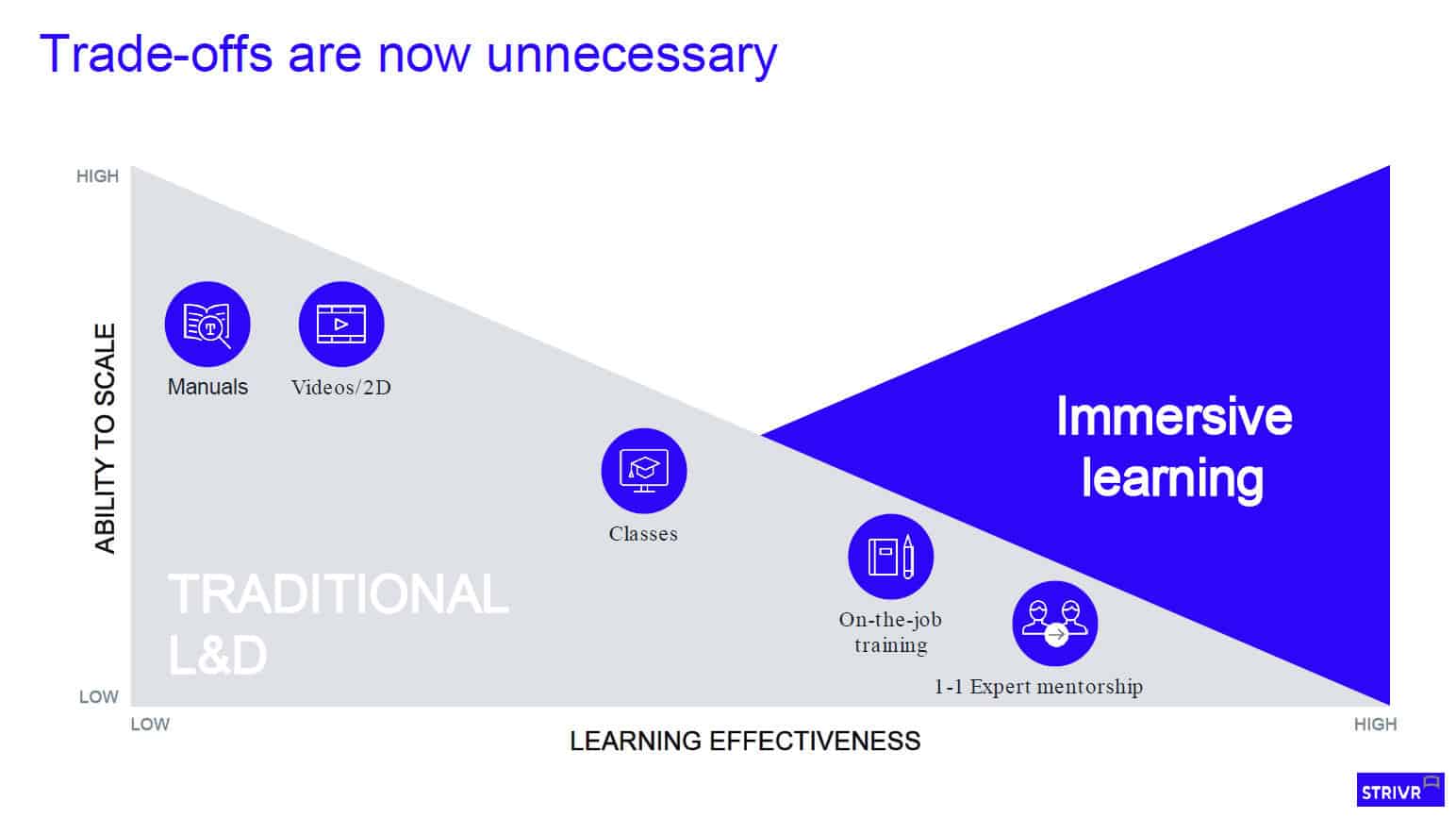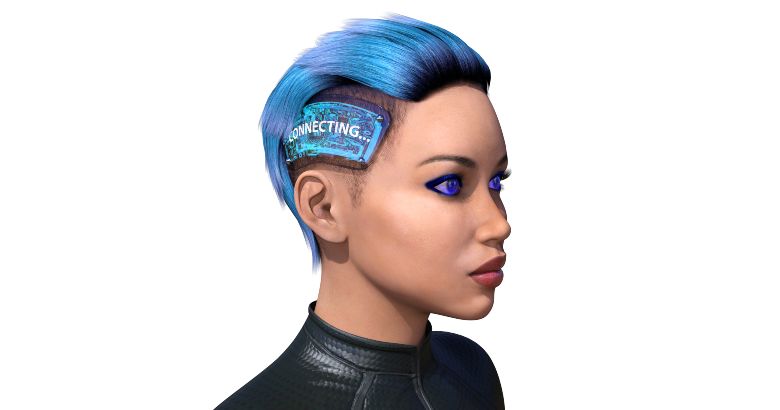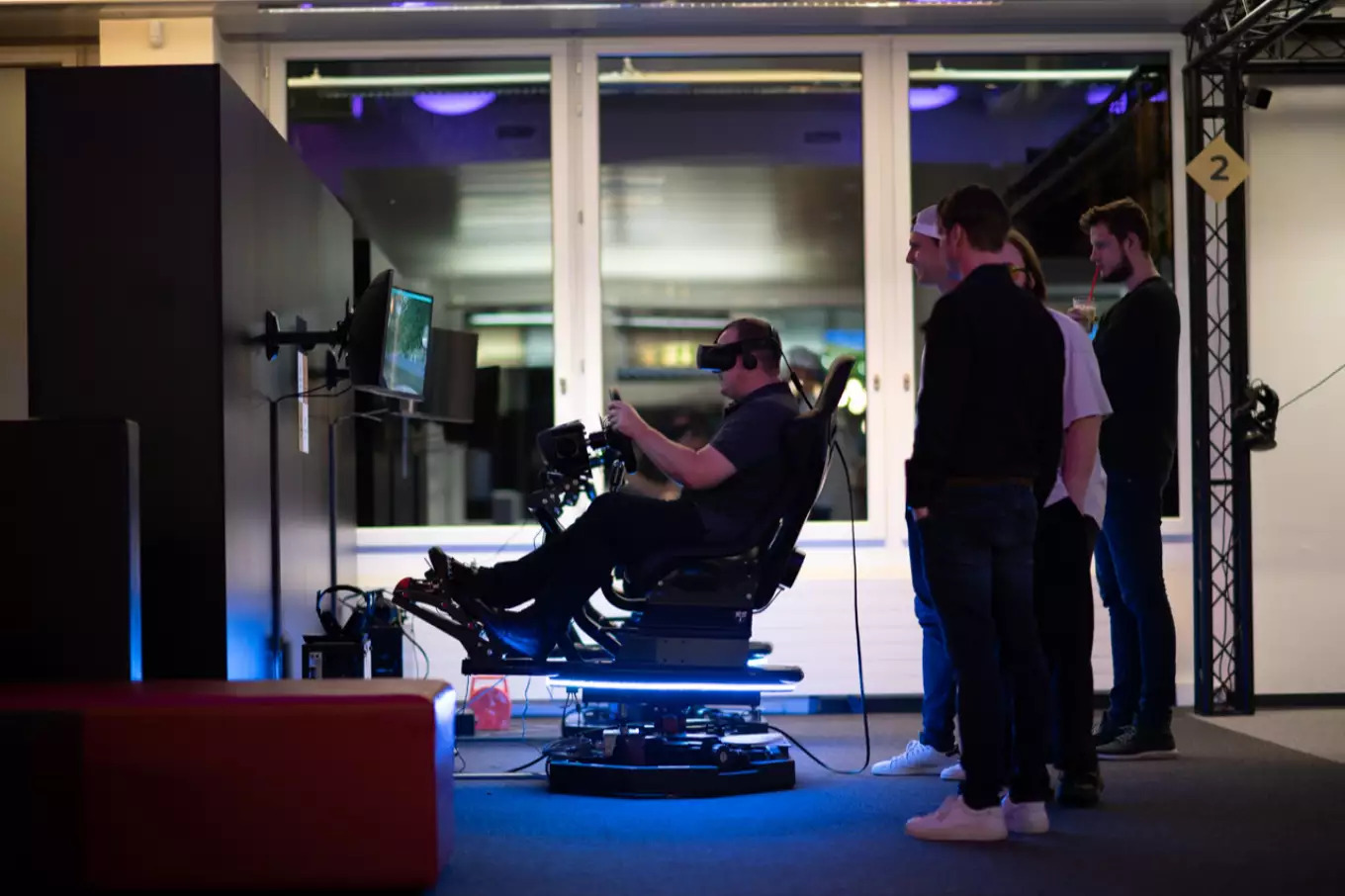As an experienced technology and HR analyst, I’m always a little skeptical about new tools. In the case of Virtual Reality (VR), I played around with the cardboard VR from the New York Times, but never really thought it was ready for prime time.
Wow, was I wrong.
About a year ago I went and visited a company called STRIVR Labs, which was founded by Stanford football players to use Virtual Reality to teach quarterbacks situational awareness on the field. I dragged myself down to Palo Alto, visited their startup offices, and skeptically put on the glasses and headset to see what they had done.
To put it lightly, I was blown away.
The potential for virtual reality in training is enormous, and the problems it can solve are everywhere. Let me just give you my experience first.
The STRIVR team put me into a simulation of a Wal-Mart store during Black Friday. The scenario was designed to help an employee understand what it would be like when the store is wall to wall people, and how they would have to serve customers in a rush. I was literally in the store, hearing, seeing, and feeling all the pressure of a store employee, and the system literally coached me what to do (and what not to do).
Then the STRIVR team put me on the deli counter. I looked around (360 degrees) to see where everything was, and all of a sudden a bunch of people started queuing up to be served. I got nervous trying to figure out who to serve first, and of course, I forgot a few things and the simulation taught me to look around behind me to make sure all the people in the deli were served correctly.
The third one I tried was a simulation to fire an employee who did not want to leave. I had to listen to the employee argue with me and quickly respond to comments with the right answer without turning the situation into a fight. I’d say I did pretty poorly to tell you the truth, and I could feel the sweat on my palms as I tried to be calm and speak correctly.
The fourth was an opportunity to visit a Jet Blue plane hangar. I was asked to look under the plane for inspection, and actually felt the weight and sound of the aircraft in my ears. I tried to find all the problems, but sure enough, I missed some things and had to go back and look harder.
In every one of these situations, the VR solution was real, memorable, and emotional. Now, a year later, I still have a complete recollection of each event; they created “muscle memory” in my mind that no classroom, e-learning, or instructor-led training could ever create.
Why Does This Work So Well?
There is a very big market for VR training. Why? Because in so many situations it is expensive, dangerous, and just impractical to create a real-life simulation that works.
Early in my career I went through a year-long sales simulation at IBM, selling computers fictitious company called Armstrong Sporting Goods. IBM spent tens of millions of dollars operating that simulation and I had senior instructors coaching me on sales calls, presentations, and behavior. Very few companies can afford to do this, especially when the world changes so quickly.
And there are a myriad of high-risk, high-cost operational environments to consider. How will you train someone to deal with a robber who points a gun in their face? How will you train a utility service worker to crawl into a manhole safely? How will you train a driver to avoid an accident?
Oil companies like Exxon and Shell spend many millions of dollars creating simulations of oil wells and other refinery operations. Only the very biggest companies can afford this, and it’s a burden for them to maintain too.
In softskills, we all know real-world simulation is the way to learn. But how much time do you have to simulate a sales call? Simulate an angry customer? Simulate a misbehaving employee? Most companies will send you to a video-based online learning program and cross their fingers you learn something.
Immersive Learning Emerges As A Paradigm
The terms VR and Virtual Reality, while descriptive, have some baggage. Most of us think of it as “new technology” that is expensive and maybe designed for games. So the industry has come up with a better term: Immersive Learning.
Immersive Learning is an L&D term that simply refers to programs that use truly “Authentic Practice” in their approach. As many of us know, the only way to really learn something is to do it. This form of “real-world practice,” which has been validated in hundreds of studies, is what creates muscle memory and helps us retain what we’ve learned. You’ve all probably read my articles about the Ebbinghouse Forgetting Curve: we forget almost everything we learn very quickly if we don’t use it.
This new concept gives the market legs: it helps us fit it into a bigger context. VR is not a “technology” being applied to training: its a new paradigm to learn, one which every human being can take advantage of.
One of the studies done on this market shows that it will grow from $220 million today to $6.3 billion in 2022. That’s a pretty fast growth rate, but I am definitely a believer.
Let me show you how STRIVR positions this space.
Immersive Learning essentially fits on a continuum that ranges from reading and simple interaction through detailed in-depth simulation. These “high-fidelity” programs on the right (on the job training, mentorship, real world simulation, after-action reviews) are well-known solutions, but they simply don’t scale. With VR they do. You can now let every store employee live through a real-world simulation of Black Friday. Every airplane mechanic can see what a real engine looks like. Every manager can experience an employee pointing a gun at them.
VR Technology Has Arrived
I’ve now experienced VR in a variety of tools, and the technology has become quite mature. STRIVR, who I believe is the leader in this market, uses off the shelf VR glasses which cost less than $1000 to buy, and has built an entire development and delivery system to author, run, manage, and measure programs.
STRIVR’s solution uses a specially designed 3D camera set to author the program. Then during the training it produces overlay assessments, it measures eye and head movement, it records and listens to your voice (it replayed my conversation with the employee I had to fire), and it can tell if you look away or don’t look in the right place. In other words, it’s really monitoring your behavior, which is the most effective learning feedback you can imagine.
The amount of emotional “muscle memory” it creates is incredible. I still remember my experience at Black Friday, and I ran through the simulation over a year ago.
As I’ve talked with companies using the solution, they tell me its affordable and it scales. Companies like Wal-Mart, Verizon, JetBlue and others are now deploying it widely.
Where Can It Be Applied
Initially I thought Immersive Learning was best for operational training, where equipment and safety was an issue. But now I”m changing my mind. Every “high-fidelity” training opportunity is going to be a potential fit for VR going forward. Let me just give you a few examples:
…
Quelle:
VR Enters Corporate Learning With A Vengeance: And The Results Are Amazing




